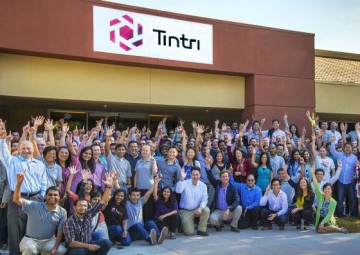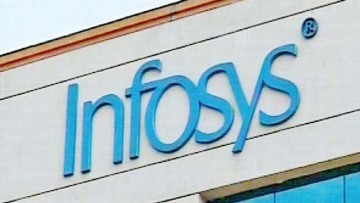 Digital consultancy Futurice has appointed former EasyJet CIO Trevor Didcock as its first UK non-executive director.
Digital consultancy Futurice has appointed former EasyJet CIO Trevor Didcock as its first UK non-executive director.
Didcock, who was named number one in CIO UK’s CIO 100 and who has also held the top CIO position at the AA, HomeServe and RAC, will play a vital role in building the UK business.
Futurice works with multinationals on digital strategy and clever ideas. The company offers a complete end-to-end service from board level consultancy through to co-creating and building digital solutions.
Clients include BMW, Nordea and Wärtsilä. Its recent projects include working on Nordea Open Banking, a pioneering initiative inviting software developers to test their apps and companies to create new business opportunities using Nordea’s APIs (application programming interfaces). There is also Samsung Kick, an award-winning global football app which uses live data allowing fans to compare players and analyse matches in real time.
Futurice’s London office has 20 staff and a local client list including Ford, Tesco, Samsung and Moneycorp.
Tom McQueen, MD of Futurice UK said: “We are delighted to have Trevor join our board. Trevor brings extensive experience of delivering successful large-scale digital transformation at organisations such as easyJet and the AA. Trevor is a real advocate of Futurice’s culture and is already helping us on our journey to enable UK enterprises to build future capability.”
Futurice CEO Tuomas Syrjänen said: “Trevor’s decision to join the Futurice board is a huge endorsement of our human-centred approach to business change. His experience as the CIO of major public listed companies means he brings invaluable insight into the challenges faced by big corporates as they seek to use emerging technologies to improve operational efficiencies and deliver the best possible customer experience.”
Didcock added that he met Futurice on a project we both worked on involving product development and agile engineering in the airline sector and he was impressed by the quality of its consultants and practices.
“Businesses seeking to become digitally driven face a difficult journey when it comes to re-engineering their business model, processes, and culture. Futurice has the breadth and expertise to empower and enable senior management and innovation teams so that they can survive and thrive in a constantly evolving digital landscape.
“I’m looking forward to working with the board on the UK and international level as we guide the business to the next stage of growth.”
As CIO of easyJet, Trevor led the airline’s “Turn Europe Orange” initiative which created new products and channels and introduced allocated seating as part of a programme of renewal across the airline, helping to quadruple profits.
He was also responsible for developing a long-term IT strategy for easyJet aimed at future-proofing its technology offering.
“Turn Europe Orange” was nothing to do with Teresa May’s deal with the DUP on Brexit.
 Flash space outfit Pure Storage says it has growth plans thanks to a new product set that it says reflects that the market is mature.
Flash space outfit Pure Storage says it has growth plans thanks to a new product set that it says reflects that the market is mature.


















